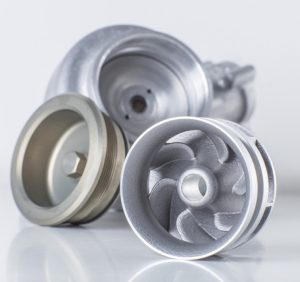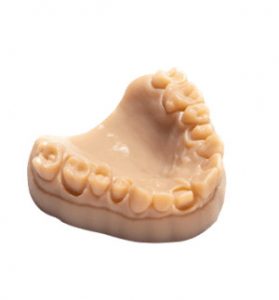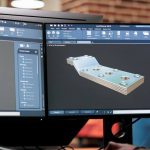
3D printing, also known as additive manufacturing, has come a long way since its inception in the 1980s. From being a tool primarily used in industrial settings, 3D printing has now become widely accessible and is being used across a range of industries, from medicine and fashion to architecture and aerospace. This article explores the future of 3D printing and how it is changing the way products are designed and manufactured.
The Future of 3D Printing in Product Design & Manufacturing
1. Revolutionizing Manufacturing
One of the biggest advantages of 3D printing is its ability to produce highly complex and intricate shapes that would be difficult to achieve using traditional manufacturing methods. This has opened up new possibilities in the design of products, as well as reduced the time and cost of prototyping.
3D printing has also allowed for greater flexibility in the manufacturing process. For example, parts can be easily modified and updated, which is particularly useful in industries such as aerospace and automobile manufacturing, where designs often change throughout the development process. Additionally, additive manufacturing eliminates the need for costly tooling and molds, making it a more cost-effective solution for small-scale production runs.

2. Transforming Product Design
3D printing has also had a significant impact on product design. The ability to quickly produce prototypes allows designers to test and iterate on their designs more efficiently. This leads to a faster and more effective product development process and higher-quality end products.
Moreover, 3D printing has made it possible to create complex geometries and structures that were previously impossible to achieve. This has opened up new avenues for product design and has led to the development of products with improved functionality and performance. For instance, in the field of medicine, 3D printing has made it possible to create customized prosthetics and implants that are tailored to the unique needs of each patient.

3. Advances in Materials and Technology
Additive manufacturing technology continues to evolve, and with it, new materials and techniques are being developed. This is leading to the creation of 3D-printed products that are stronger, more durable, and better suited to meet the demands of different industries.
For example, metal 3D printing is becoming increasingly popular, particularly in the aerospace and automobile industries. This is because metal 3D printing allows for the production of parts with high strength and durability, making it ideal for use in these demanding applications.
In addition, the development of new 3D printing techniques, such as binder jetting and multi-material printing, is enabling the creation of more complex and intricate products. This is particularly important in the production of end-use parts, as it allows for the creation of products with improved functionality and performance.

4. Challenges and Opportunities
Despite its many benefits, 3D printing also presents some challenges. For example, the cost of 3D printing equipment and materials remains a barrier for some businesses, especially small and medium-sized enterprises. Additionally, the lack of standardization in the industry can make it difficult for businesses to choose the right equipment and materials for their needs.
However, the future of 3D printing looks bright, as advances in technology and materials are making it possible to produce higher-quality products at a lower cost. This, in turn, is driving the growth of the industry and making 3D printing more accessible to businesses of all sizes.
Conclusion
In conclusion, 3D printing has already had a significant impact on manufacturing and product design, and its impact is only set to grow in the future. As technology continues to evolve, 3D printing will play an increasingly important role in the production of high-quality products across a range of industries. It is an exciting time for the 3D printing industry, and we can expect to see many more breakthroughs in the years to come.
One of the most exciting possibilities is the potential for mass customization, where products can be manufactured on-demand and tailored to individual customers’ needs. This could revolutionize the way products are designed and manufactured, leading to a more sustainable and efficient production process.
Another area where 3D printing could have a big impact is space exploration. The ability to print parts and tools in space would eliminate the need for bulky and heavy equipment to be transported from Earth, making space missions more efficient and cost-effective.
The future of 3D printing is bright, and its impact on manufacturing and product design will continue to grow. As technology evolves and new materials are developed, 3D printing will become increasingly accessible to businesses of all sizes and across various industries. Whether it’s through mass customization, improved sustainability, or increased efficiency, 3D printing is poised to play an important role in shaping the future of product design and manufacturing.
Contact us to know how we can help you with product designing and manufacturing.



